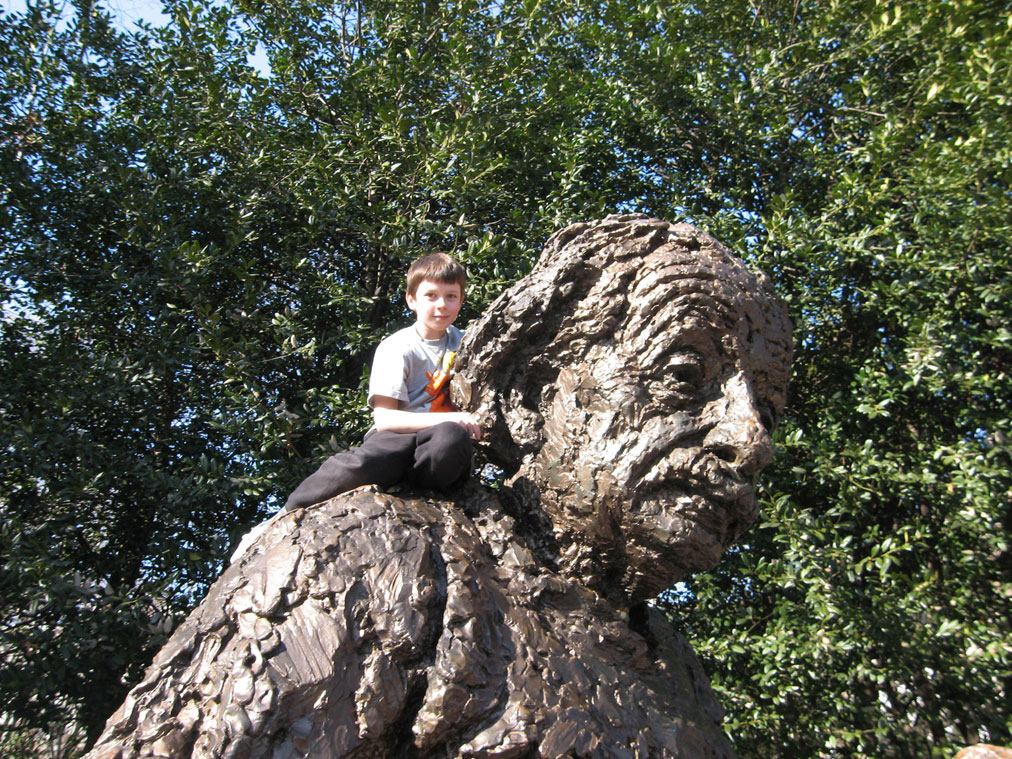Product Spaces and Quotient Spaces
Create the following components, which you will bring with you
and present in a research session on the final
exam day:
- Maximum 4-Page Review
Include the relevant definitions, mathematical symbols and notation,
theorems, important proofs, and
examples in order
to review the major concepts from class and homework.
- 2-Page or 3-Page Timeline of Historical and Modern Importance
and Applications
Create an attractive and professional
timeline. Be sure to include the important contributions
as well as interesting pictures that relate to your topic,
such as pictures of some of the
mathematicians.
Approximate dates can be noted as ~1762 or by a range of dates, such
as 1700-1800.
Here is a
sample
timeline from linear algebra
and from first year seminar
- Annotated Bibliography
Use many different types of sources, including scholarly references
and library sources.
Submit a separate annotated bibliography of all
of the sources you used in your project, with annotations explaining
what content in the reference relates to your topic, how you used each
reference, where the pictures came from,
etc. Use as many pages as you need for the bibliography and annotations.
All components must be typed products that you create yourself
in your own words,
and that look professional and flow well. Mathematics symbols and notation
should be typed in a program like Latex (I will prove some sample documents
with topology notation in them and I will discuss Latex).
Research Session Presentations on final exam day
Bring a printed version of your all of your work to class to post on the wall
[I will bring tape].
We will divide up the class into two sessions (half the class will stand next
to their work as the other half examines the projects,
and then we will switch roles).
During your session, you must stand by your work to discuss your topic and
answer questions. If you work with another person, they will be in the
other session so you should be prepared to present the entire project.
The presentation sessions are similar to research day at Appalachian, poster
presentations at research conferences, or science fairs.
In addition, when
you are viewing other projects, you will conduct peer review:
1) Name of the person and the topic.
2) List a few strengths of the project.
3) Provide suggestions for improvement,
including any aspects you would have added to the review.
4) Invent a question about the project. List the question and the
person's answer.
5) What you learned about the mathematical connections
For Graduate Students
In addition,
write a paper in your own words that summarizes the following research
and be sure to give proper
reference where it is due.
- Research in Munkres the information we did not cover in class that relates
to your topic.
- Research graduate texts in my office,
the library, and on Google scholar, and on the web in order
to find out whether the topic has a
role in Algebraic Topology, Differential Topology, Geometric Topology,
Combinatorial Topology, and low dimensional topology.
- Research at least one problem that was open in 1990 that relates
to your topic, for example, from a source such as
Open Problems
In Topology II.
